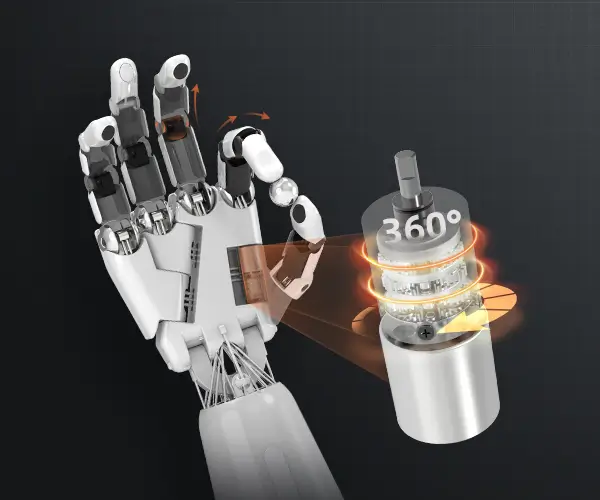Introduction: The magic of servo motors in robotics and DIY electronics
Imagine you’re building a robot arm, a smart camera gimbal, or an automated door lock — all these exciting projects rely heavily on servo motors. These tiny yet powerful components are the magic wands that translate your signals into precise movements. But before you start coding, you need to properly connect that servo to your Arduino microcontroller.

Whether you’re a beginner or a seasoned maker, understanding how to attach and operate a servo motor correctly is fundamental. Without proper wiring and setup, your projects can face erratic movements or fail to function altogether. So, let’s dive into the world of servos: what they are, how they differ from other motors, and the steps to connect them securely to your Arduino.
Understanding servo motors: a quick primer
A servo motor typically refers to a rotary actuator with a built-in control circuit. Unlike regular motors that spin freely, servos are designed to rotate to a specified position and hold there with a high degree of precision. They usually consist of:
A small DC motor A gear train for torque and speed A control circuit (including a potentiometer and microcontroller interface)
Small servo models commonly operate on 4.8V to 6V DC power and come with a standard three-wire interface: power (VCC), ground (GND), and control signal (PWM). This simplicity makes them ideal for microcontroller applications like Arduino.
Types of servos to consider
While the core principle remains the same, the market offers several types of servos—analog, digital, continuous rotation, high-torque, and coreless. For typical hobby electronics, standard servo motors are recommended due to their affordability and ease of use. Examples include brands like SG90, MG90S, or Tower Pro servos, each with different specifications suited to various projects.
Setting expectations: what you need to attach a servo to Arduino
At a minimum, you’ll need:
An Arduino board (Uno, Nano, Mega, etc.) A compatible servo motor Connecting wires (male-to-male jumper wires) A power supply (preferably a battery pack or external power source if your servo draws significant current) A breadboard or direct wiring setup Basic knowledge of Arduino programming
Most servos are straightforward to connect, but some precautions are necessary to ensure longevity and reliable operation. Overloading the servo with too much current or incorrect wiring can damage the motor or the Arduino.
Step-by-step overview of attaching a servo to Arduino
Here’s a quick outline before we get into the detailed instructions:
Identify the three wires on your servo: power (+V), ground (GND), and control (PWM signal) Connect the servo’s power wire to the Arduino’s 5V pin (or external power source for larger servos) Connect the GND wire to the Arduino’s GND pin and, if using external power, to that power source’s GND Connect the control wire to one of Arduino’s digital pins capable of outputting PWM signals (e.g., pin 9) Program the Arduino to send PWM signals and control the servo’s position Test the setup with simple code to move the servo back and forth
Safety tips and best practices
Use an external power supply for larger servos to prevent drawing too much current from the Arduino’s 5V pin Keep the servo’s power and ground wires as short as possible to reduce noise Always confirm the servo’s voltage ratings before powering it Consider adding a capacitor (around 100µF) across the servo power and ground to smooth out the power supply and prevent voltage dips during movement
This part of the article covered the basics of what a servo motor is, why it’s vital in projects, and the general approach to connecting it to an Arduino. Now, in the next section, we’ll get into the detailed wiring diagrams, programming code, troubleshooting tips, and practical examples to bring your servo projects to life.
Leveraging innovations in modular drive technology, Kpower integrates high-performance motors, precision reducers, and multi-protocol control systems to provide efficient and customized smart drive system solutions.




































